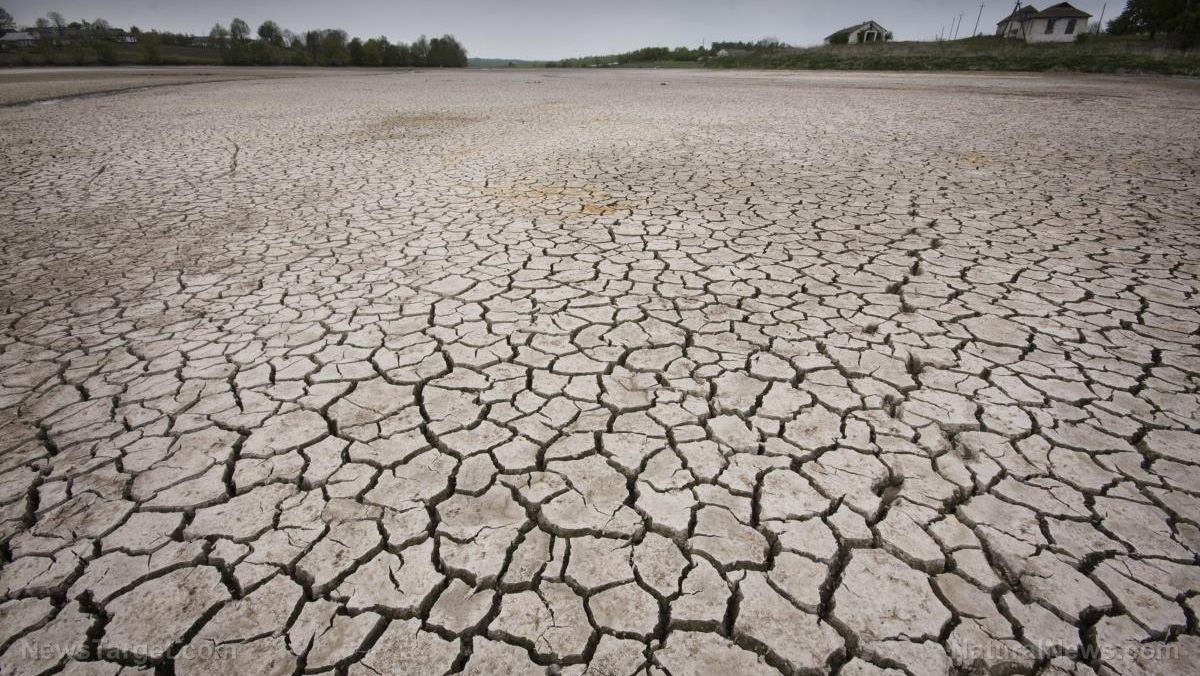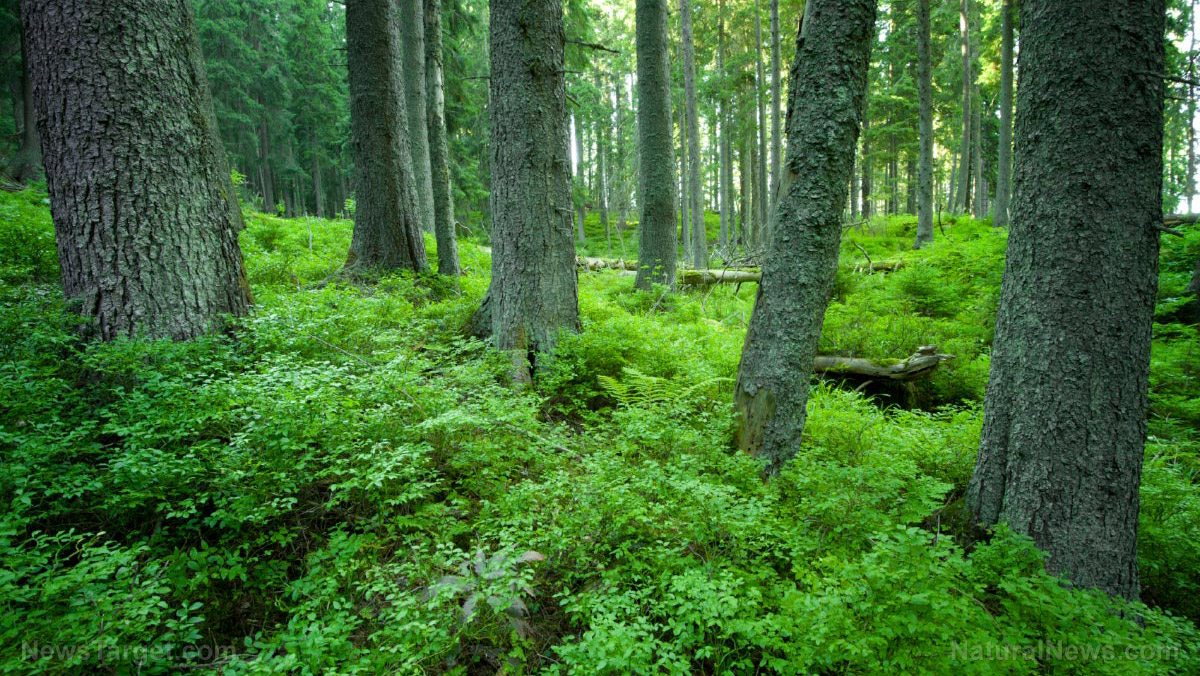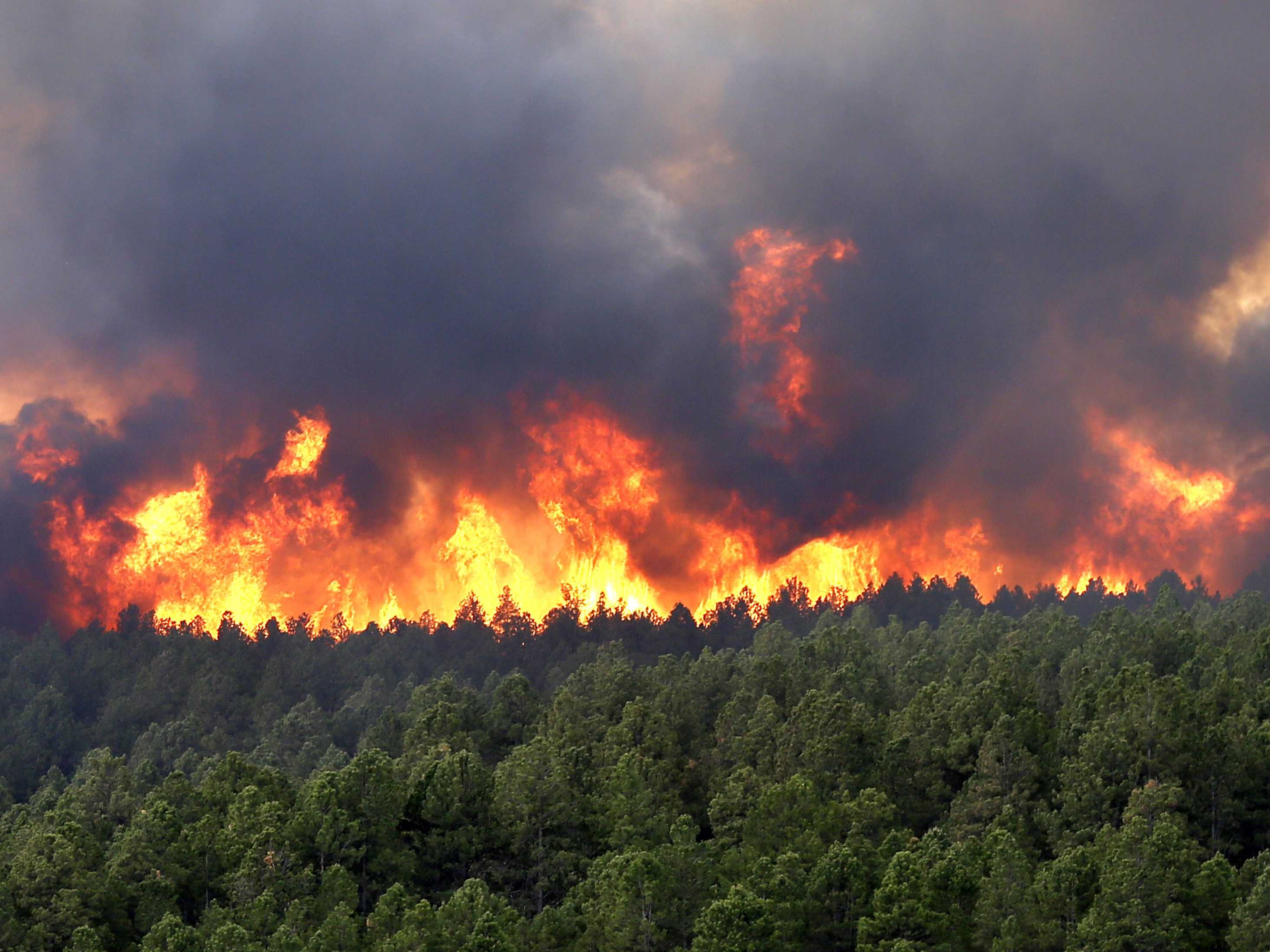A land before time: Continents found deep underground could have been formed nearly 4.5 billion years ago
08/31/2020 / By Virgilio Marin

Primitive continents as old as Earth may be lurking beneath the surface. Formed just shortly after the Big Bang, these continents stood the test of time and survived cataclysmic impacts such as the collision that created the Moon billions of years ago.
Researchers from the University of California at Davis and the University of California at Berkeley examined volcanic rocks samples that cooled on the surface following an eruption.
They found primitive signatures that trace these rocks to two solid continent-sized regions of rocks located in the boundary between Earth’s mantle and outer core. Analysis showed that these rocky regions are about 4.5 billion years old – around the currently accepted estimated age of Earth.
The findings of the study are published in the journal Geochemistry, Geophysics, Geosystems.
Underground continents as old as Earth
Scientists have known about these underground blobs of hot, compressed rock for decades. Past imaging studies showed that they exist near the core-mantle boundary. One of the solid rocky bodies is under Africa while the other is under the Pacific Ocean.
Seismic waves move differently through these gigantic masses of rock. When an earthquake hits, seismic waves travel through the rest of the mantle uniformly but hit major speed bumps upon rumbling through the two rocky bodies. This allowed scientists to discover the two structures and know that they have distinct physical properties.
However, it’s still unclear whether seismic waves moved differently through the core-mantle boundary because of differences in temperature, mineral composition or density, or some combination of these properties. But by determining how these structures emerged, scientists could glean more details about their composition and characteristics.
To do this, the researchers looked at an existing database of rock samples with higher concentrations of primitive material and traced those samples back to their origins. These rock samples came from Hawaii, Iceland, the Balleny Islands in Antarctica and other regions where magma from Earth’s core bubbles up all the way to the surface. They break through the crust as lava and cool into igneous rocks.
The team looked for ancient isotopes, or versions of atoms, such as helium-3. These isotopes are said to have formed during the Big Bang, forged as oxygen stripped chemicals from rocks located near the crust.
Using these data, they were able to build a model that could account for unique variations in how rocks rise to the surface of Earth. Past models assumed that plumes rise vertically from deep within the mantle to Earth’s surface. But plumes can also move off-course, deflected from a vertical path. The study’s model accounted for this plume deflection and allowed the researchers to trace the samples back to the two giant masses.
“It’s a more robust framework to try and answer these questions in terms of not making these assumptions of vertically rising material but rather to take into account how much deflection these plumes have seen,” said co-author Curtis Williams.
According to the researchers, some of the rock samples had more helium-3 than usual. Further analysis showed that the two distinct regions may have formed from an ancient magma ocean that solidified during the beginning of Earth’s formation. Previous research theorized that they came from oceanic plates that moved beneath denser tectonic plates.
Furthermore, these primitive rocky bodies are found to be about 4.5 billion years old. This suggested that they survived the meteorite impact that created the Moon. (Related: How old is life on Earth? Fossilized fungi could offer clues, say researchers.)
These findings could help geologists determine the composition of giant rock masses near the core-mantle boundary. In turn, findings from future research could paint a better picture of the processes that shaped the modern-day mantle.
Learn more about ancient Earth at Artifacts.news.
Sources include:
Tagged Under: ancient continents, ancient earth, Big Bang, discovery, Earth's mantle, environment, geology, meteorite impact, Moon, tectonic plates, underground continent
RECENT NEWS & ARTICLES
COPYRIGHT © 2017 ENVIRON NEWS

















